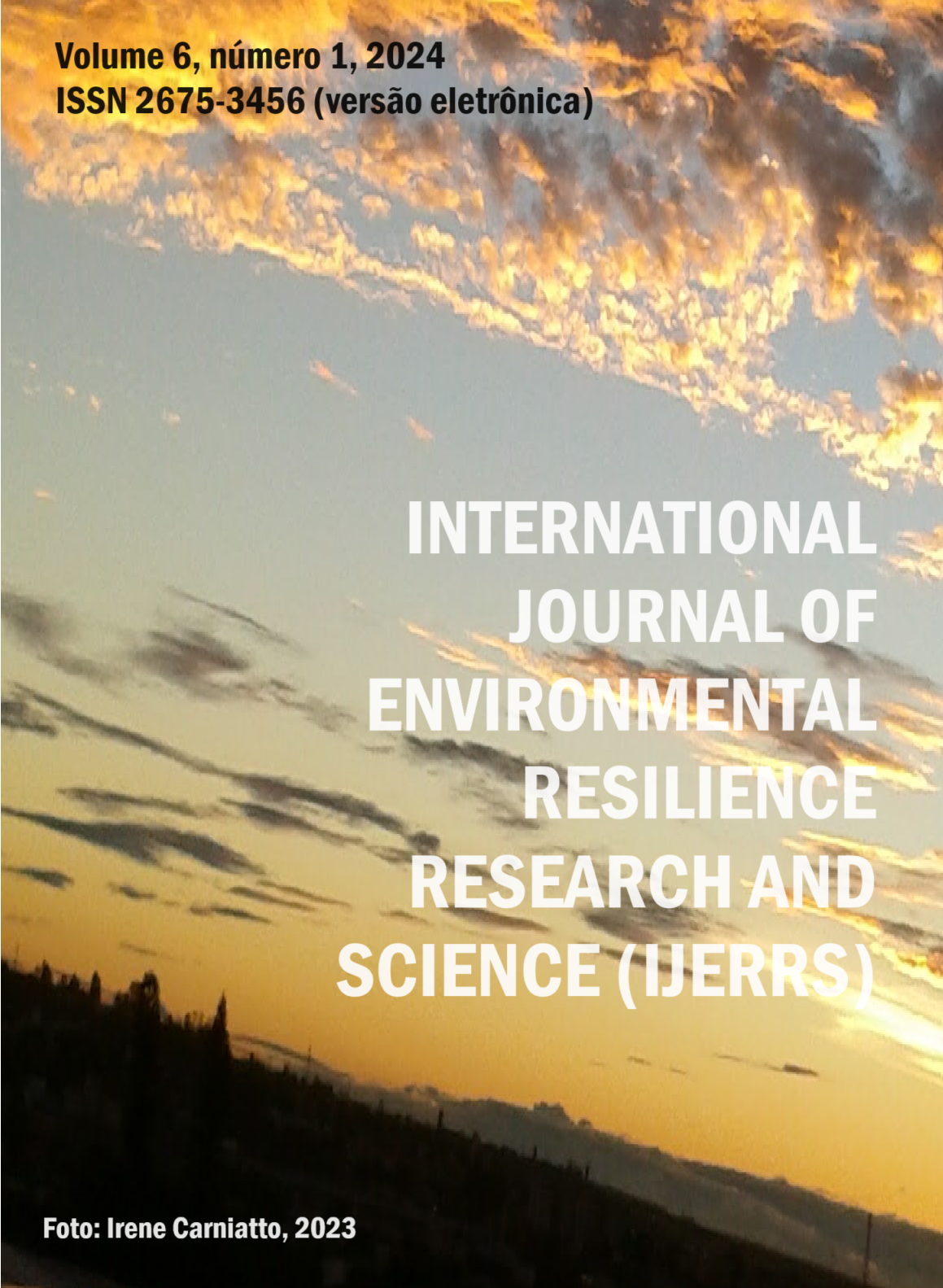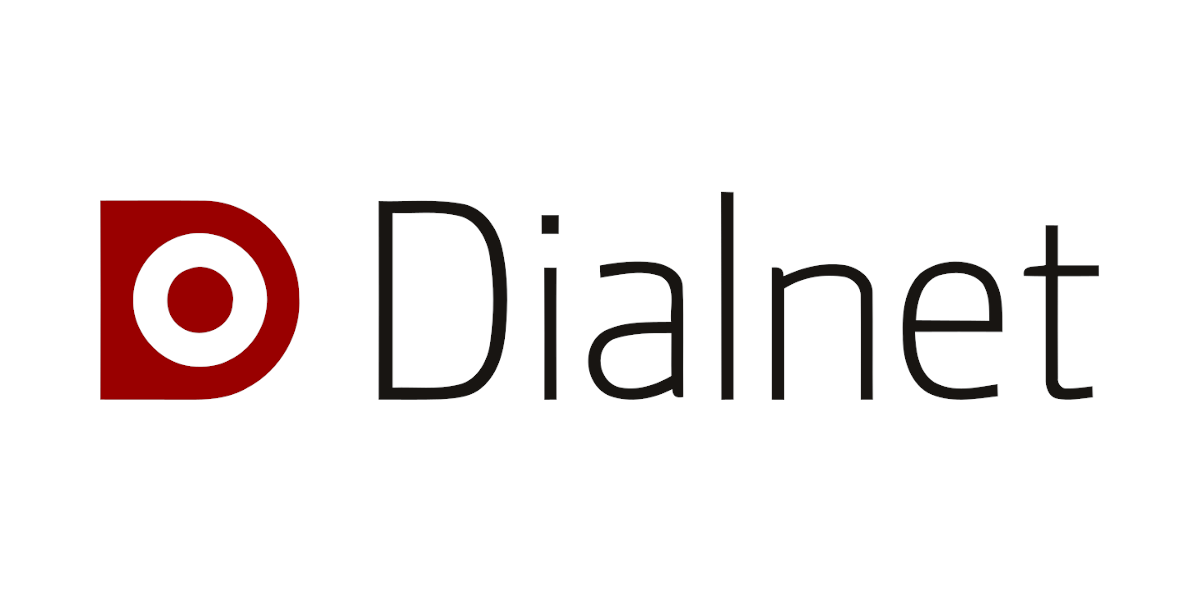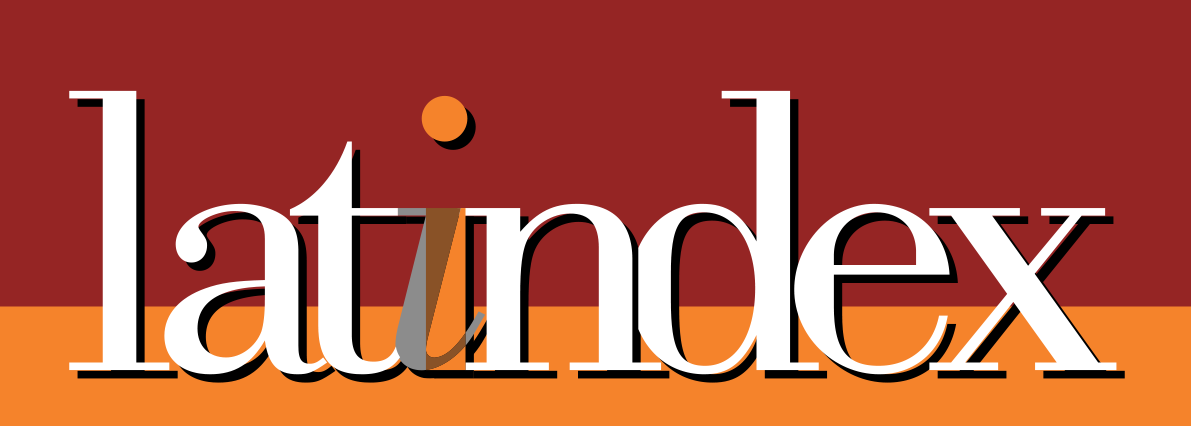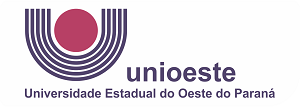Periplaneta americana (L.): INEFFECTIVENESS IN CONTROL, ENVIRONMENTAL DAMAGE AND ON PUBLIC HEALTH WITH A FOCUS ON ENVIRONMENTAL EDUCATION
DOI:
https://doi.org/10.48075/ijerrs.v5i2.32261Abstract
Abstract: Cockroaches are insects widely known worldwide for causing disgust in people. However, what many do not know is that these animals are also very dangerous as they act as mechanical vectors of harmful pathogens to humans and domestic animals. These animals live in places with low sanitation conditions, such as landfills and sewage pipes, allowing them to come into contact with various pathogenic microorganisms. The major problem is that cockroaches invade human dwellings in search of shelter, food, and protection, thereby bringing pathogens into communities. Their current control is mainly done with synthetic chemical insecticides. However, these products, besides often being ineffective, cause various damages to the environment and human health. Therefore, studies are necessary to develop biological control techniques for these urban pests aiming for greater efficacy and less impact on the environment and public health. Furthermore, it is necessary to raise awareness among the population about the risks that these animals pose, as well as the risks of synthetic chemical insecticides, so that society as a whole understands the reasons and needs for conducting studies based on biological control.
Keywords: Cockroach. Biological control. Entomopathogenic fungi. Plant extracts.
Downloads
Published
How to Cite
Issue
Section
License
Copyright (c) 2024 International Journal of Environmental Resilience Research and Science

This work is licensed under a Creative Commons Attribution-NonCommercial-ShareAlike 4.0 International License.
Aviso de Direito Autoral Creative Commons
Política para Periódicos de Acesso Livre
Autores que publicam nesta revista concordam com os seguintes termos:
1. Autores mantém os direitos autorais e concedem à revista o direito de primeira publicação, com o trabalho simultaneamente licenciado sob a Licença Creative Commons Attribution que permite o compartilhamento do trabalho com reconhecimento da autoria e publicação inicial nesta revista.2. Autores têm autorização para assumir contratos adicionais separadamente, para distribuição não-exclusiva da versão do trabalho publicada nesta revista (ex.: publicar em repositório institucional ou como capítulo de livro), com reconhecimento de autoria e publicação inicial nesta revista.
3. Autores têm permissão e são estimulados a publicar e distribuir seu trabalho online (ex.: em repositórios institucionais ou na sua página pessoal) a qualquer ponto antes ou durante o processo editorial, já que isso pode gerar alterações produtivas, bem como aumentar o impacto e a citação do trabalho publicado (Veja O Efeito do Acesso Livre).
Licença Creative Commons
Esta obra está licenciada com uma Licença Creative Commons Atribuição-NãoComercial-CompartilhaIgual 4.0 Internacional, o que permite compartilhar, copiar, distribuir, exibir, reproduzir, a totalidade ou partes desde que não tenha objetivo comercial e sejam citados os autores e a fonte.









